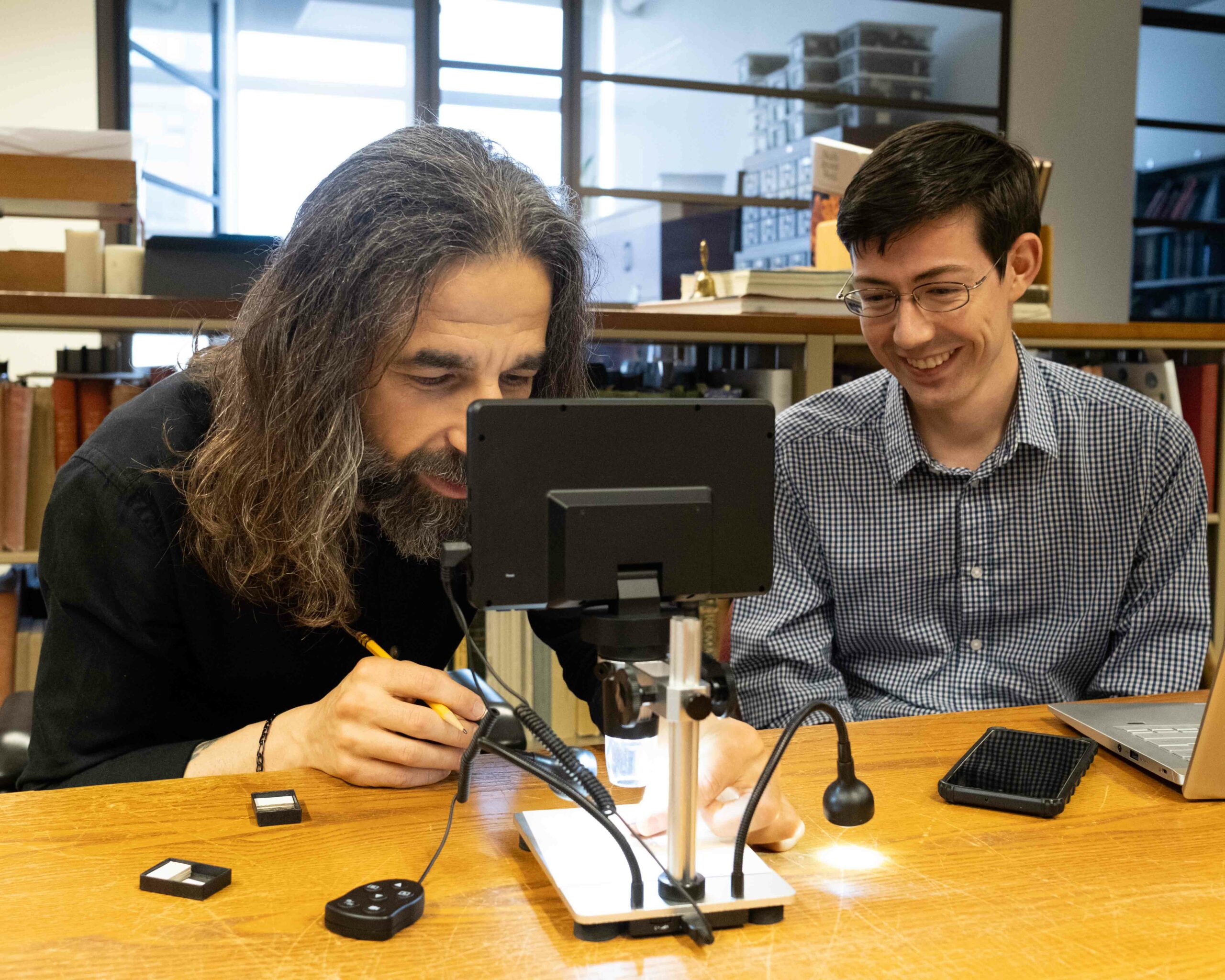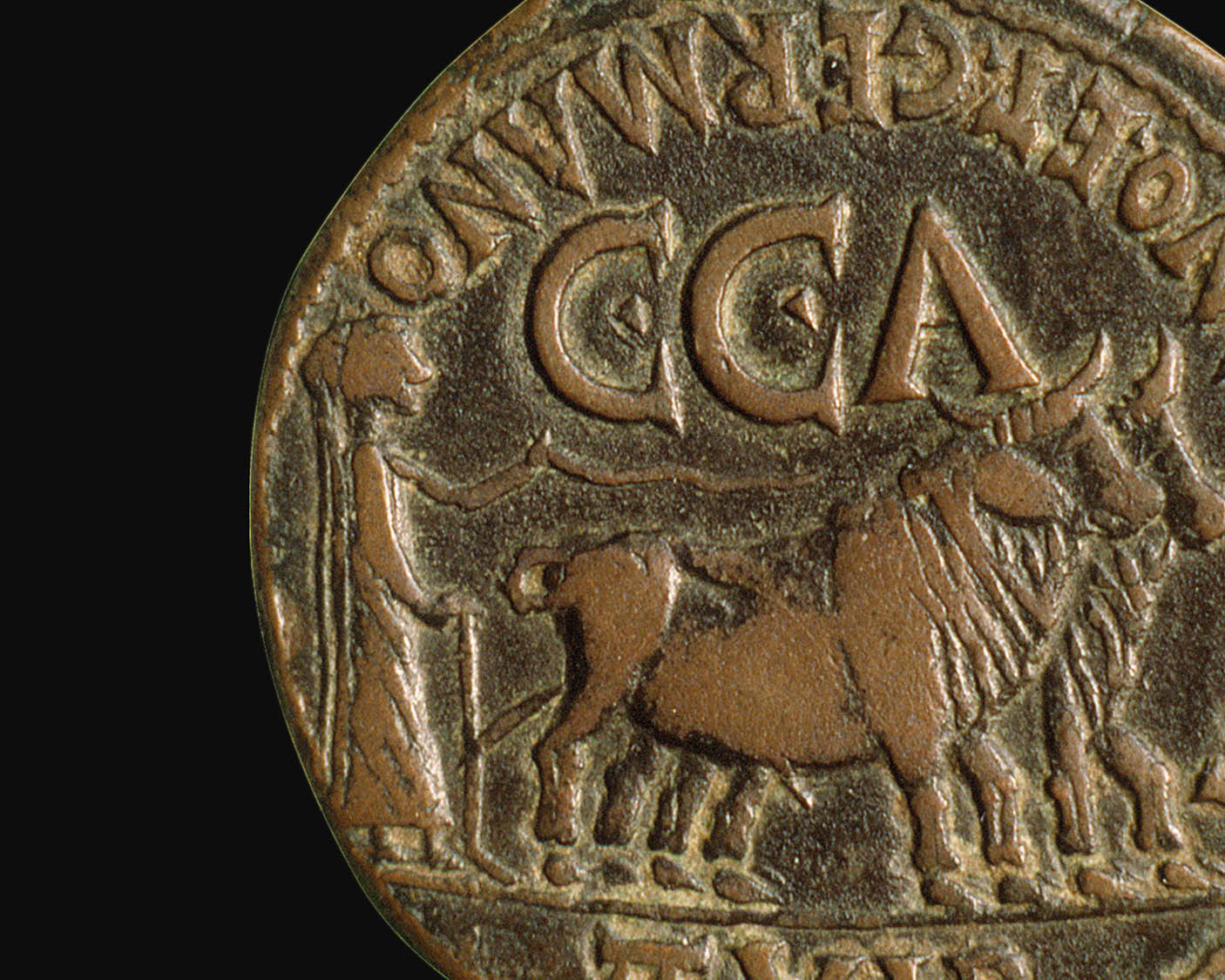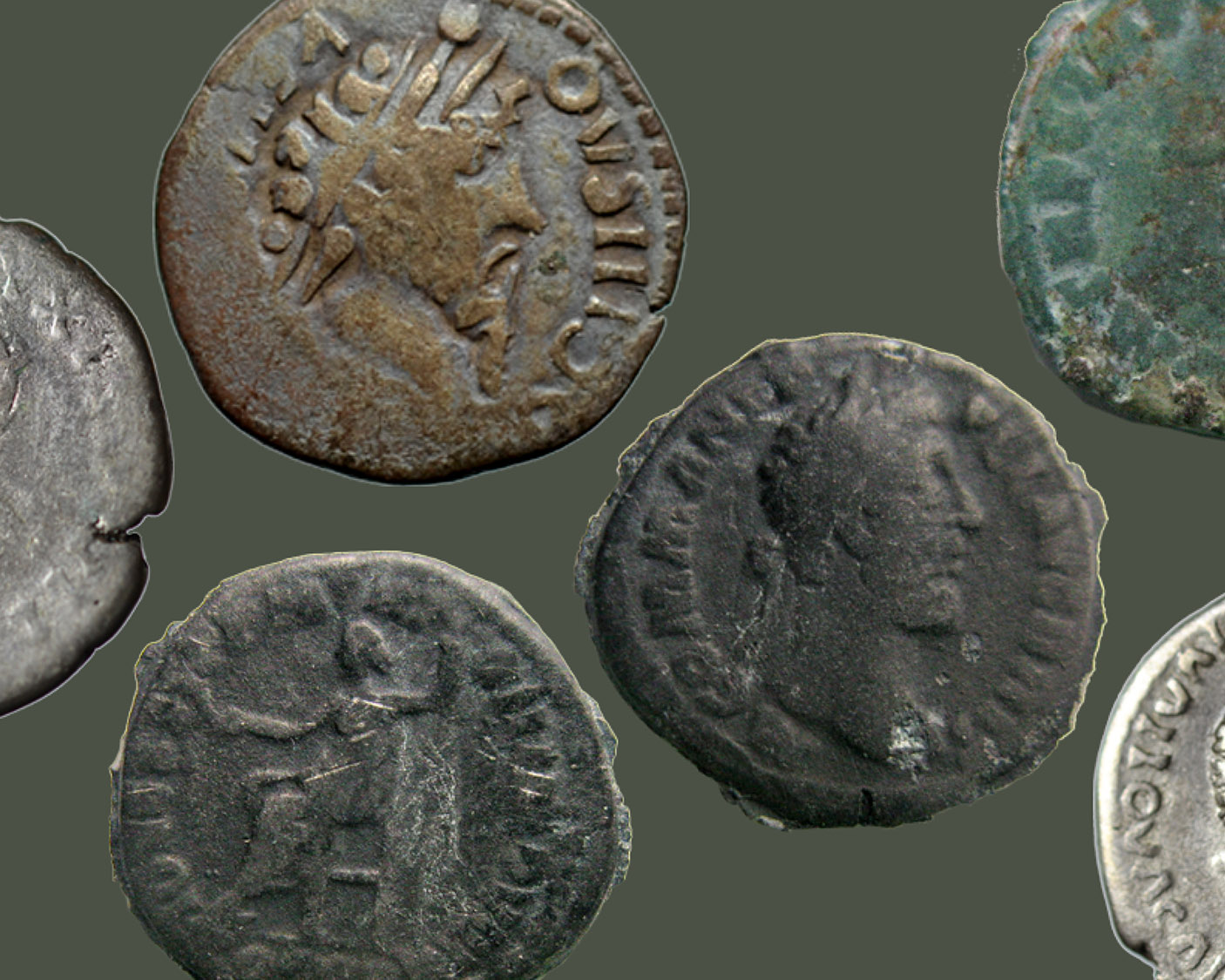Coins of the World
Return to Drachmas, Dubloons, and Dollars homepage
World coinage reveals the dramatic history of the 20th century. Wars and revolutions, the collapse of European colonial empires, and the decline of Soviet-style communism led to the creation of new independent states, almost all of which issue their own coins. This new money promotes political ideologies and asserts cultural identity.
In the 20th century, Europe was the stage for two world wars and the ideological battle between Western capitalism and Soviet-sponsored communism. The coins of France and Germany reflect the impact that military struggle and social change have had on them. Russia and England have both seen areas they once dominated issue coins celebrating political autonomy.
Coinage has also been used to establish a relationship to history. Greek money looks back to its ancient past, but coins from Turkey honor the founder of its modern republic. Now, the European Community is embracing greater unity, and the euro is one test of this aspiration. Many nations use the U.S. dollar as a form of international currency.
Asian and African countries also promote their own cultures through coins. Each of these regions has independent numismatic traditions that have merged with western-style coins. African nations frequently choose to illustrate cultural objects or historical forms of money on their coins, whereas Asian nations frequently draw on their long-standing political institutions.
One development that unites almost all of the world’s coinage is the use of base metals, making coins more common now then at any other time in history.
France
At the beginning of the century, France retained the republican government that had been established in 1870. However, continued animosity between France and Germany led to the massive devastation of the country in World War I and the loss of freedom under the Nazi-controlled Vichy regime during World War II. France again became a free republic after its liberation in 1944.
Silver franc (1914) of the Third Republic (1870-1940). This coin depicts Marianne, the personification of the French Republic, sowing the seeds of liberty. The design, created in 1898, has been the standard for the franc until today.
Aluminum 2 francs (1944) of the Vichy Period (1940-1944) depicting a double-headed axe flanked by grain ears.
Aluminum-bronze 2 francs piece (1944) produced by the U.S. Mint for the Allied troops invading Nazi-occupied France in 1944.
Aluminum-bronze 50 centimes (1963) of the Fifth Republic (1958-present) depicting Marianne.
Germany
Germany began the century as an important Central European empire, but with the loss of World War I, the monarchy collapsed and the Weimar Republic (1919-1933) was established. Inflation and civil unrest destroyed the republic and allowed the Nazi party to usher in World War II. After the war, Germany was partitioned by the Allies. In 1990, East and West Germany reunited.
Silver reichmark (1911) of Kaiser Wilhelm II (1859-1914), depicting the eagle emblem of the German Empire.
Aluminum-bronze 50 rentenpfennig (1923) of the Weimar Republic showing a sheaf of wheat.
Aluminum-bronze 10 reichspfennig (1937) of the Nazi regime (1933-1945).
Copper-nickel 10 marks (1972) of East Germany, depicting the badge of the communist state.
Copper-nickel 2 deutsche marks (1965) of West Germany with a stylized version of the German eagle emblem.
Great Britain and the Commonwealth Nations
Although Great Britain and its monarchy survived the turbulent 20th century intact, the colonial empire that was at its height in the 19th century gradually disintegrated into independent countries. Many of these new autonomous states, including Canada and Australia, continue to maintain ties with Britain and strike coins with images of the British monarch.
British gold 2 pounds (1911) struck for King George V (1910-1936) depicting St. George on horseback slaying a dragon.
British copper-nickel 50 new pence (1978) with a portrait of Queen Elizabeth II.
Canadian aureate-bronze plated nickel dollar (1993). Because of the loon image, these coins are often nicknamed “loonies.” These dollar coins replaced Canadian paper dollars in 1987. An average paper dollar lasts 18 months in circulation while a dollar coin lasts almost 30 years.
Australian copper-nickel 50 cents (1971) with the state coat of arms.
Latin America
The 20th century was a tumultuous period for many Latin American countries. Various states experimented with different forms of government, including democracy, Communist regimes and dictatorship, with change occasionally brought about by revolution.
Nicaraguan copper-nickel cordoba (1972), depicting the state badge of the sun rising over the mountains.
Brazilian bi-metallic real (1998) with the denomination and globe symbol. This coin is closely modeled on the euro coinage of the European Union.
Greece and Turkey
From 1920 to 1923, Mustafa Kemal Atatürk, a Turkish war hero and reformer, led a successful revolution, ending the 500-year rule of the Ottoman dynasty over Turkey and replacing the royal government with a democratic republic. In Greece, the military junta of 1967-1974 put an end to the rule of kings. When military rule ended in 1974, a new Greek democratic state was born.
Ottoman gold 100 kurush (1918) issued by Muhammad VI (1918-1926), the last Ottoman sultan.
Turkish stainless steel lira (1971) of the Republic of Turkey with the portrait of Ataturk. Ataturk (1881-1938) abolished the Ottoman script and replaced it with the Roman alphabet.
Greek copper-nickel 5 drachmes (1971) with a portrait of Constantine II (1964-1973), the last king of Greece.
Greek copper-nickel 100 drachmes (1994) with a portrait of Alexander the Great wearing the horns of Ammon. Modern Greek coinage often looks back to the ancient past.
The Euro
The release of the euro (2002), a common currency for use within the member countries of the European Union, put an end to many of the European national denominations shown here. However, while all member countries use the same standard euro coin design on one side, the other is reserved for images appropriate to the individual issuing countries.
Bi-metallic euro of Sasello, Italy, naming the denomination and showing a map of the European Union.
Russia
As in Germany, Russia was governed by an imperial monarchy at the beginning of the century. This was overthrown in 1917 by Lenin and the Bolsheviks. For the next seven decades, Russia was governed by the communist Union of Soviet Socialist Republics. In 1991, the Soviet Union collapsed into numerous independent states.
Silver ruble (1909) with a portrait of Czar Nicholas II (1894-1917).
Silver 50 kopek (1922) of the Soviet government depicting the well-known hammer and sickle emblem of Russian communism.
Silver commemorative ruble (1998) of the Commonwealth of Independent States which restores the old symbol of the Russian imperial eagle to the coinage.
Yugoslavia
In 1946, the forces of Josip Broz Tito (1892-1980) abolished the kingdom of Yugoslavia and established in its place a socialist republic that lasted until the collapse of European communism in 1991. The constituent provinces of Croatia, Slovenia, Bosnia-Herzegovina, Macedonia and Yugoslavia (Serbia) reclaimed the independence that they enjoyed in earlier times.
Copper-nickel 10 dinara (1976) issued by the Socialist Federal Republic of Yugoslavia, depicting the state coat of arms.
Croatian copper-nickel kuna (1993) showing a marten. Marten (kuna in Croatian) pelts were used for trade in medieval Central and Eastern Europe.
Slovenian brass 5 tolarjev (1992) depicting the head of an ibex.
Bosnian copper-plated steel 10 feninga (1998) displaying a territorial map of Bosnia-Herzegovina.
Macedonian brass denar (1997) depicting a dog.
Yugoslavian copper-nickel 10 dinara (1992) with the state emblem.
The Middle East and Africa
Throughout the 20th century, particularly following World War II, the many Middle Eastern and African countries colonized by European powers in the 19th century became independent. These new states often expressed their identities on their coins by using traditional symbols. Coins of the West African States are used in the economic union of Benin, Senegal, Burkina Faso, the Ivory Coast, Mali, Togo and Niger.
Israeli nickel-clad steel 100 prutah (1954) depicting a palm tree.
Jewish bronze coin from the Bar Kochba War (AD 132-135), model for the modern issue.
Egyptian aluminum-bronze 10 milliemes (1956).
Lebanese nickel livre (1975) depicting a cedar tree.
Katanga bronze franc (1961) depicting local African copper cross money.
African copper cross money (19th century) from Katanga.
West African States silver 500 francs (1972) depicting an African mask.
South and East Asia
In 1947, both India and Pakistan claimed their independence from the British colonial government that had ruled there since the late 18th century. The troubled aftermath of World War II led to revolution and the establishment of a communist government in China, while in Japan, the power of the Emperor was replaced by a constitutional democracy.
Indian aluminum-bronze 20 paise (1969) depicting an ancient Indian sculpture. This image is associated with King Aśoka (270-232 BC) who was known for his tolerant and peace-loving nature.
Pakistani nickel rupee (1948).
Chinese aluminum 5 fen (1991) issued by the People’s Republic.
Japanese copper-nickel 50 yen (1968) struck in the name of the Showa Emperor Hirohito (1901-1989).
Return to Drachmas, Dubloons, and Dollars homepage
Other pages of the exhibit:
[posts_grid columns=”4″ rows=”6″ order_by=”date” order=”ASC” meta=”no” link=”yes” category=”DrachmasDubloonsDollars”]




